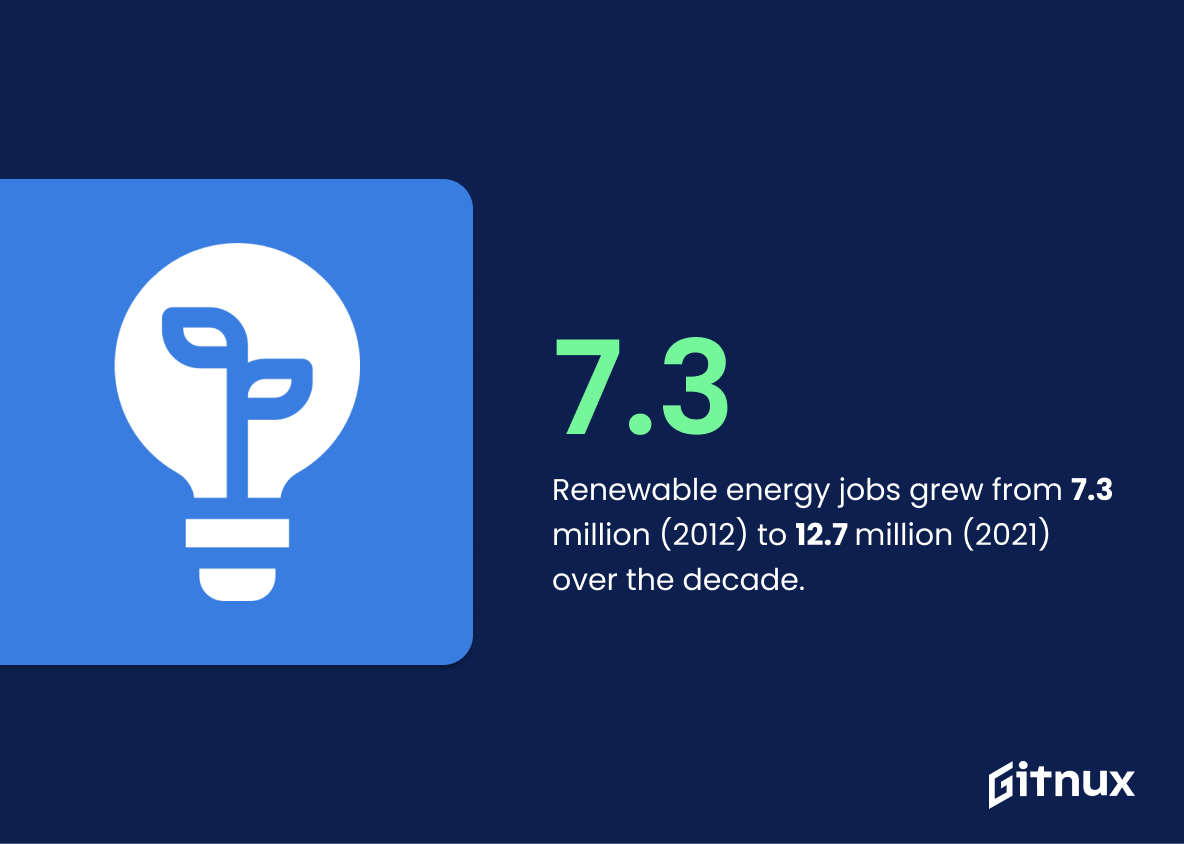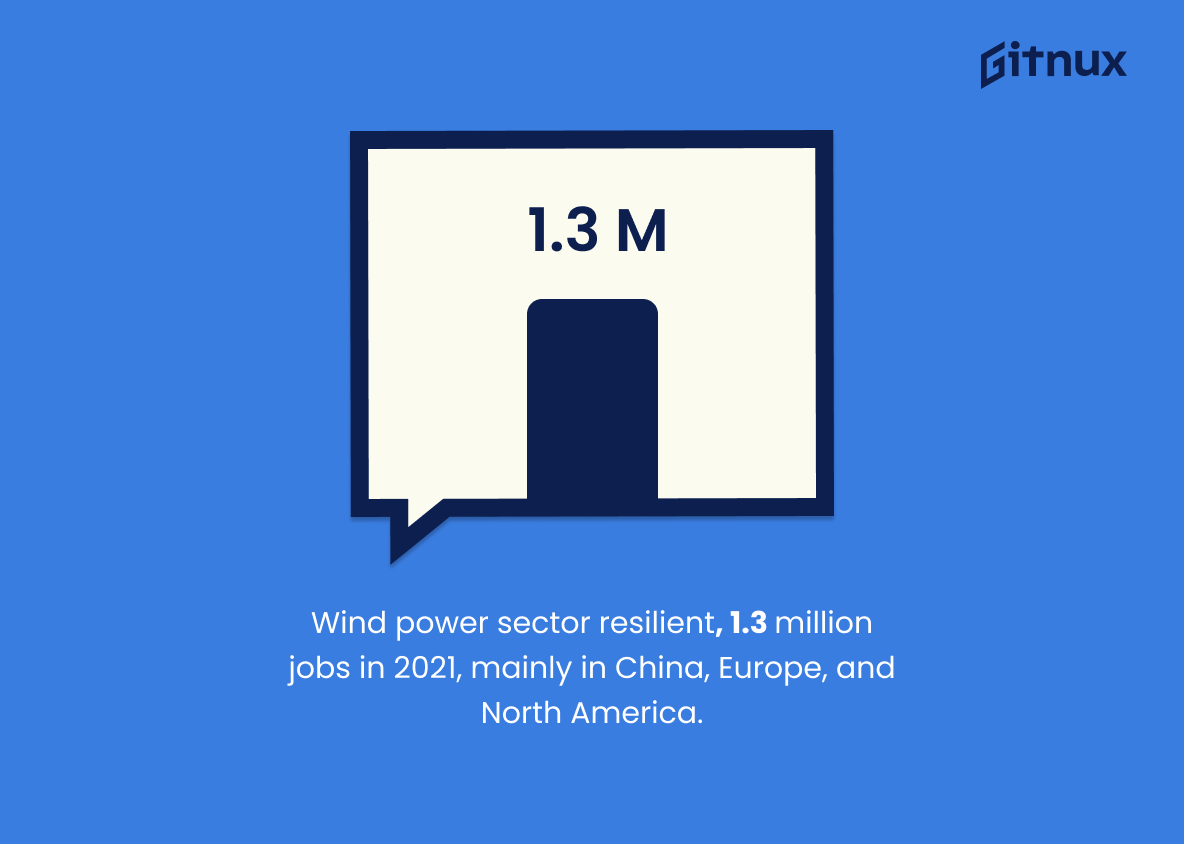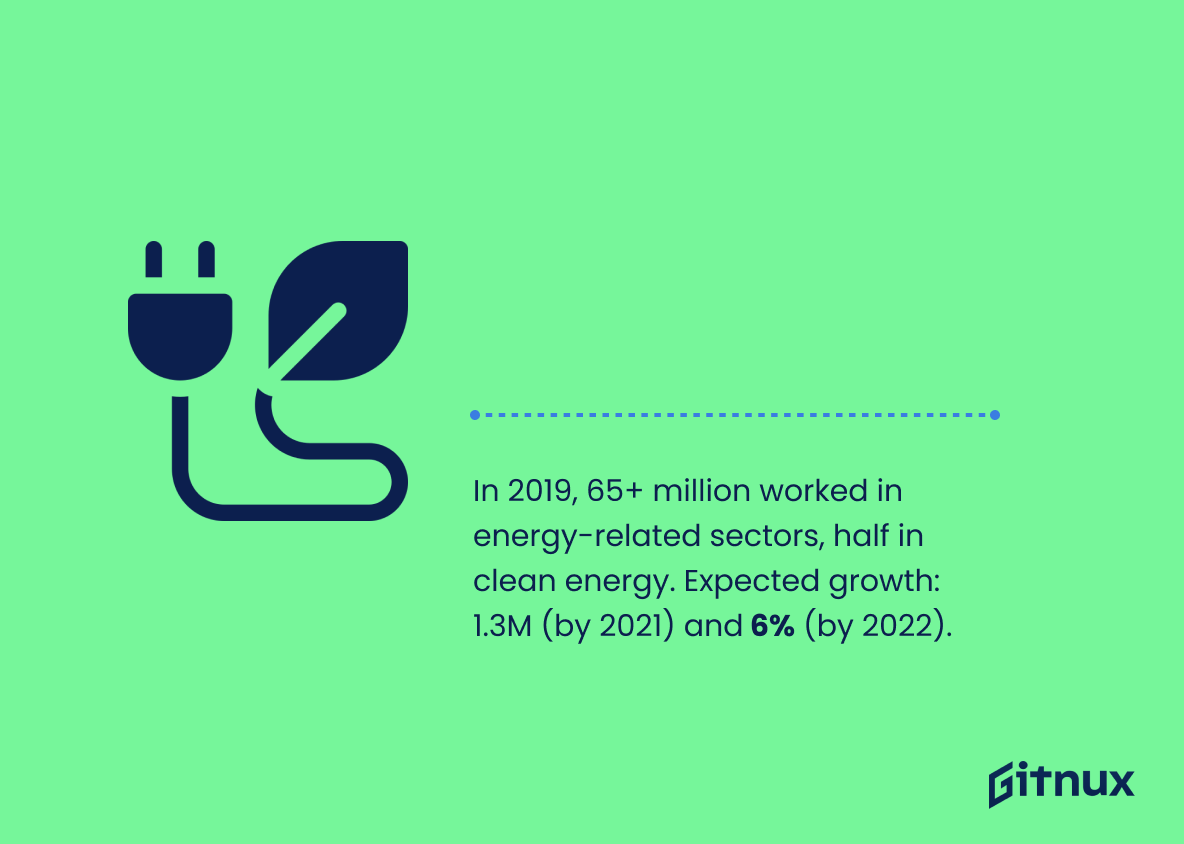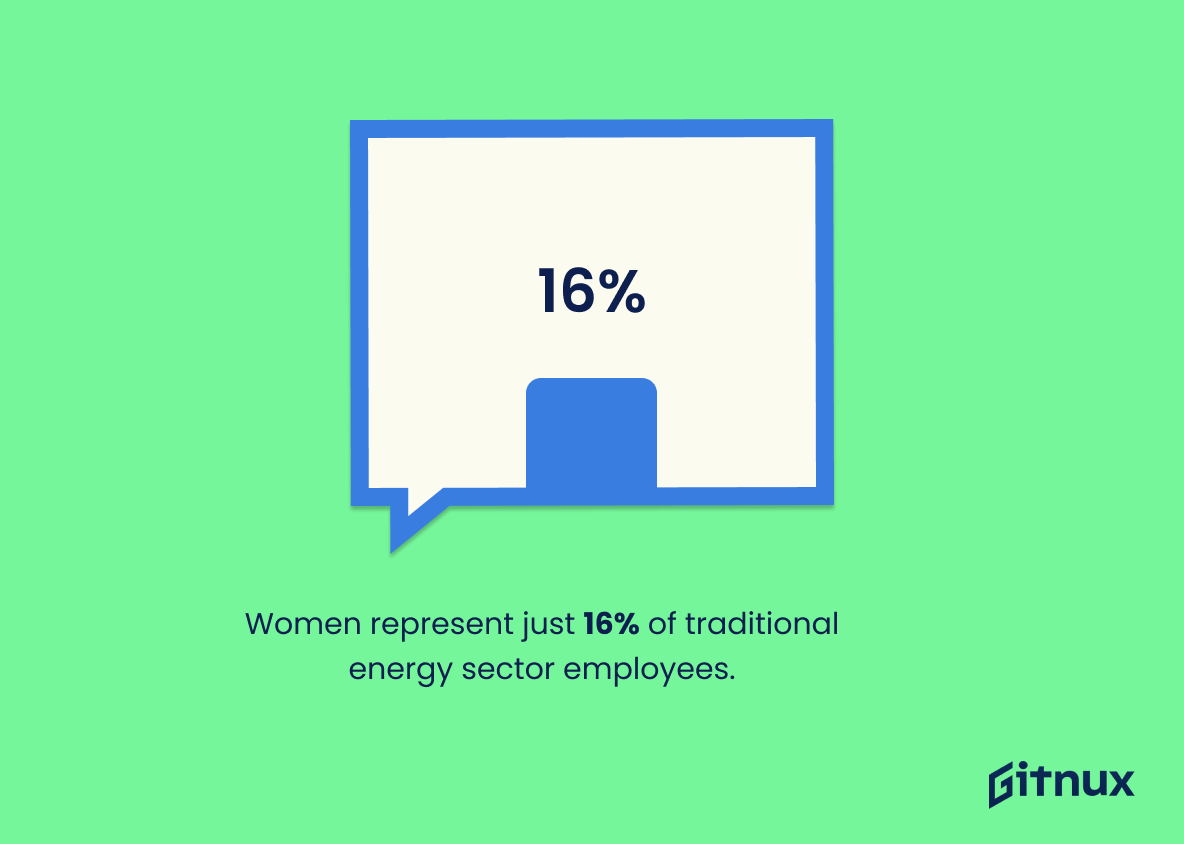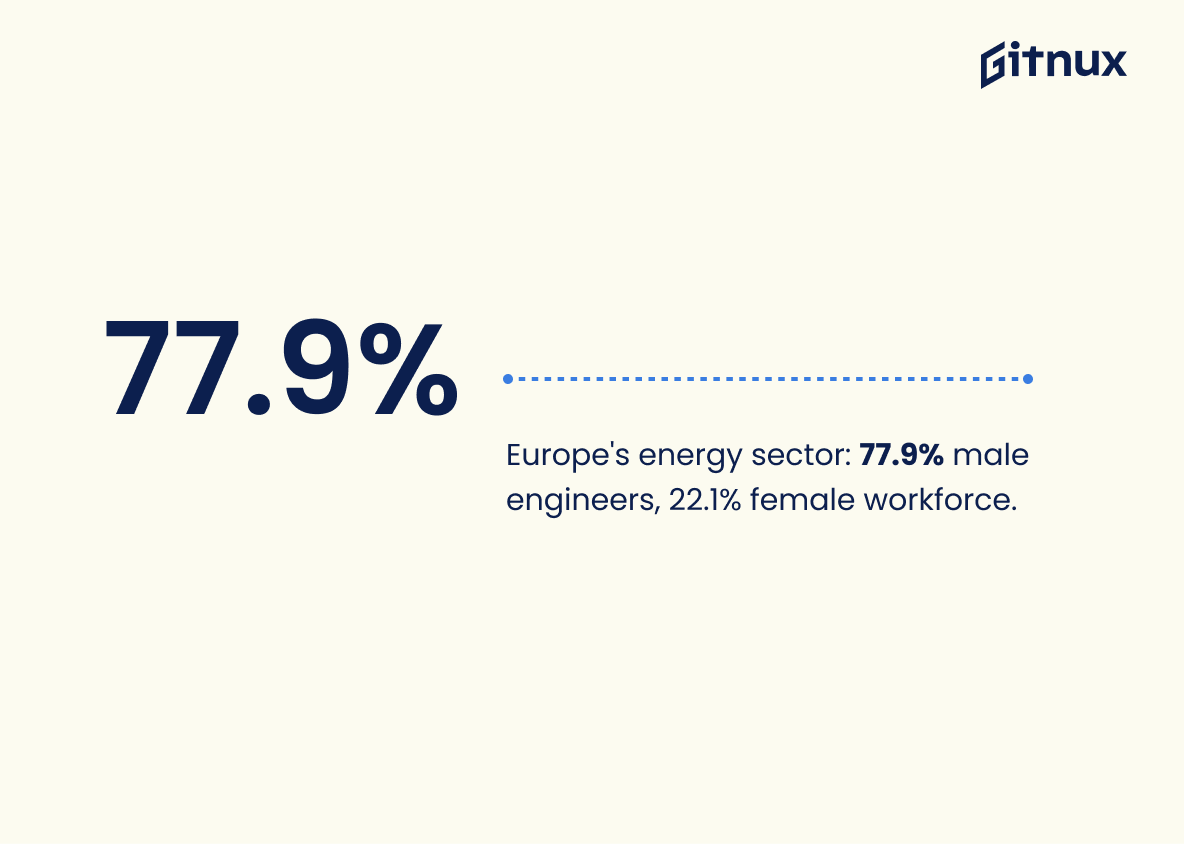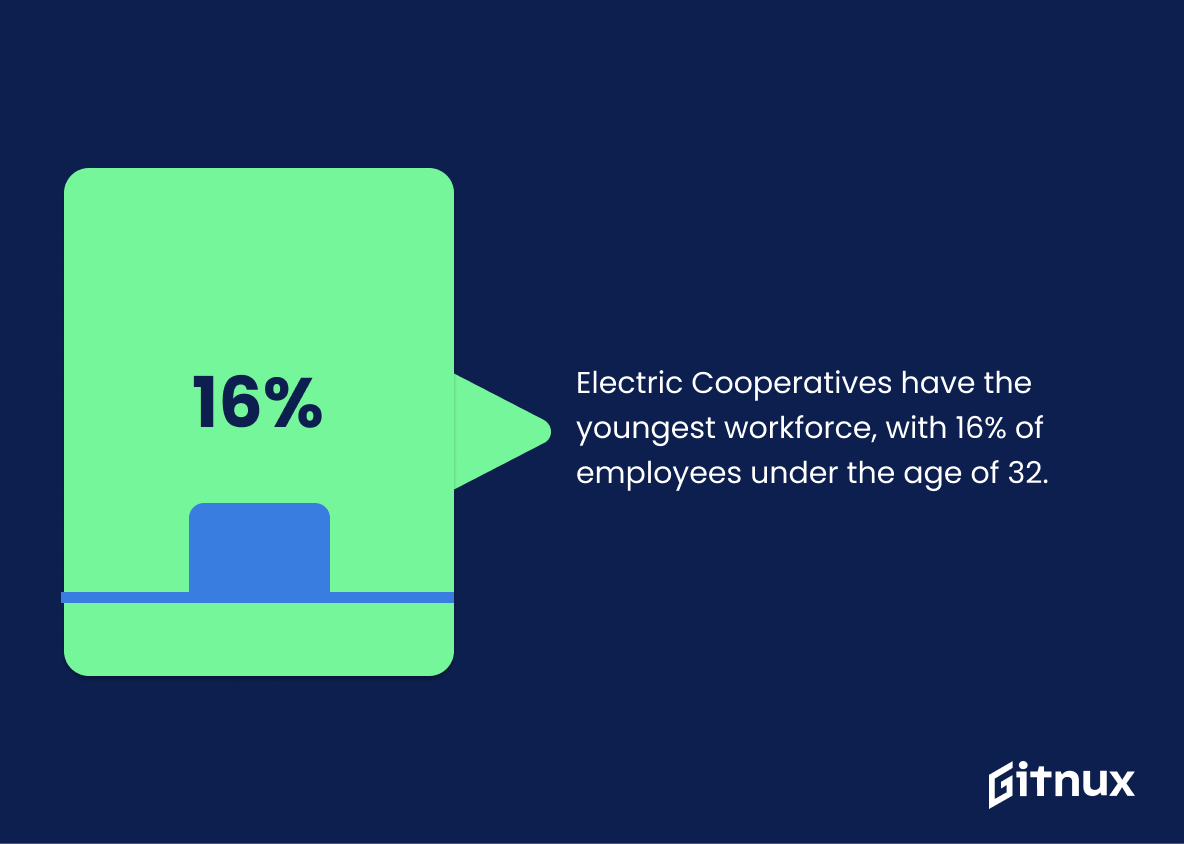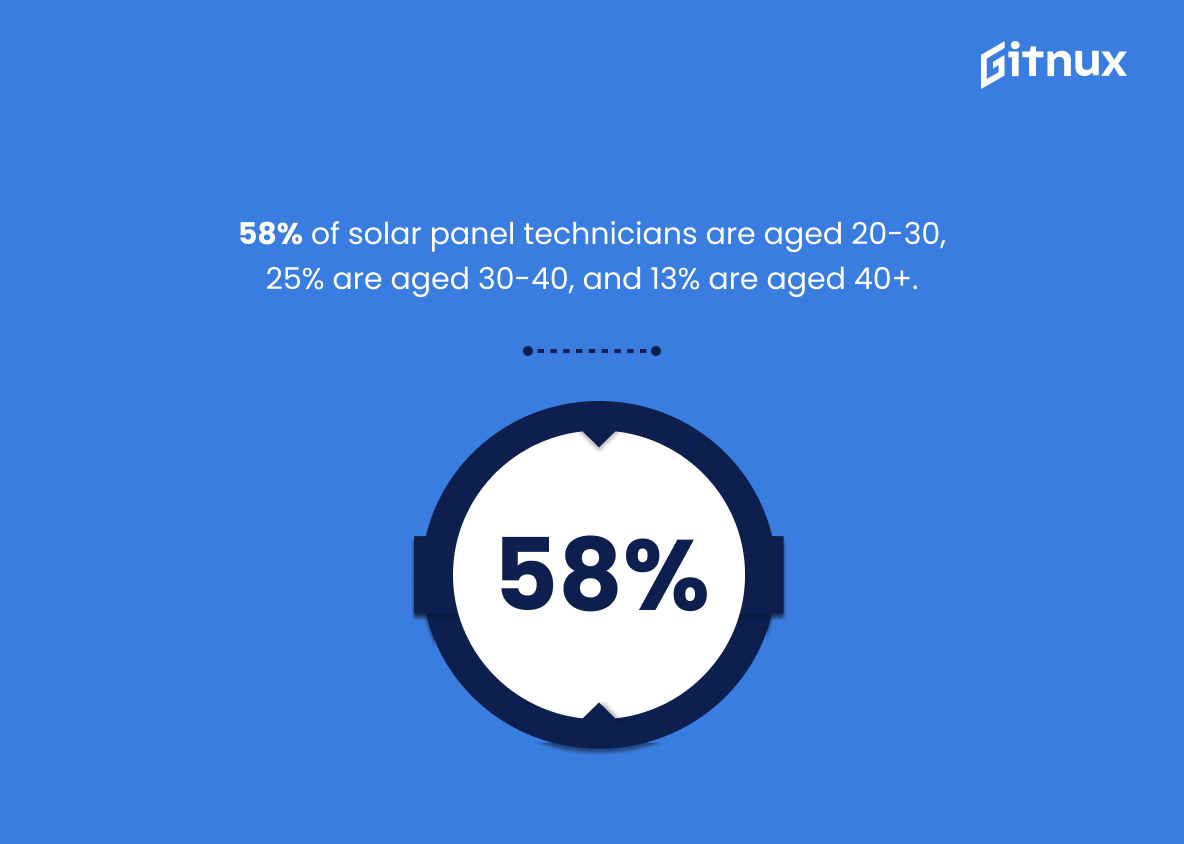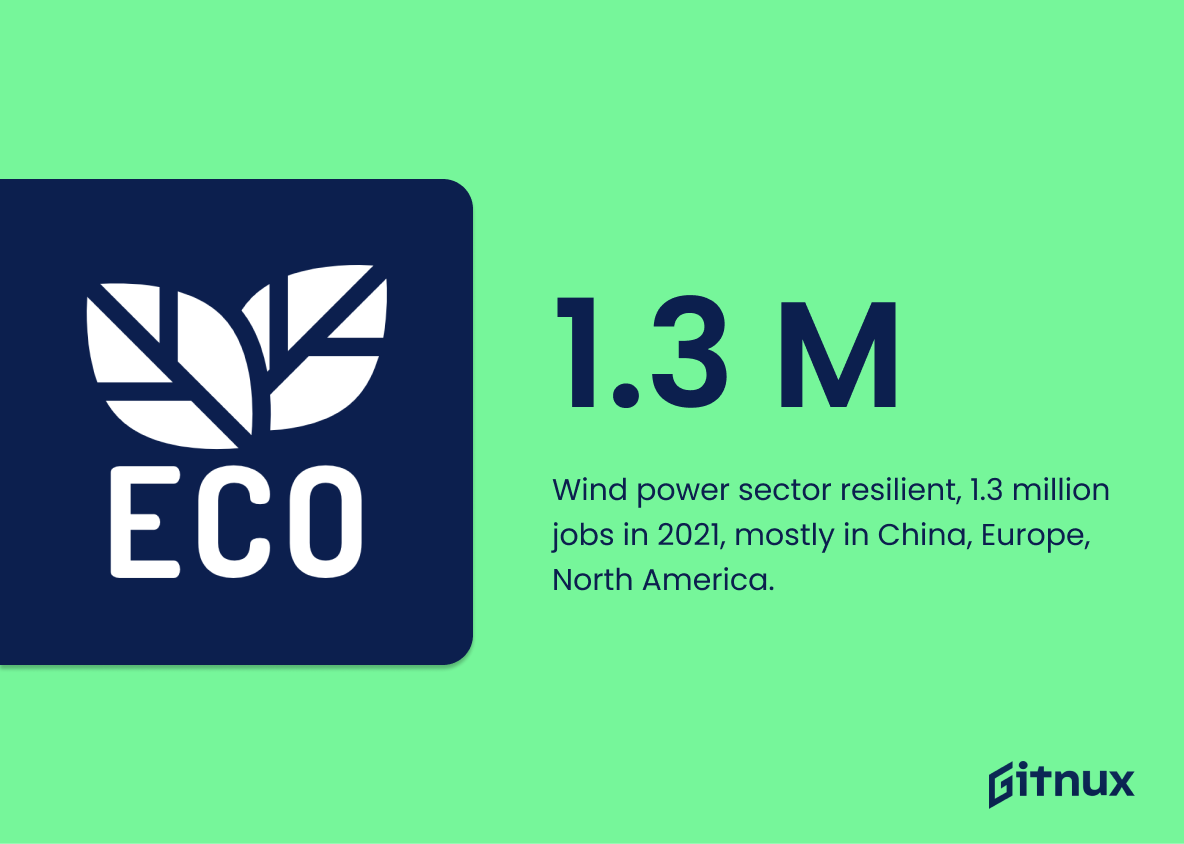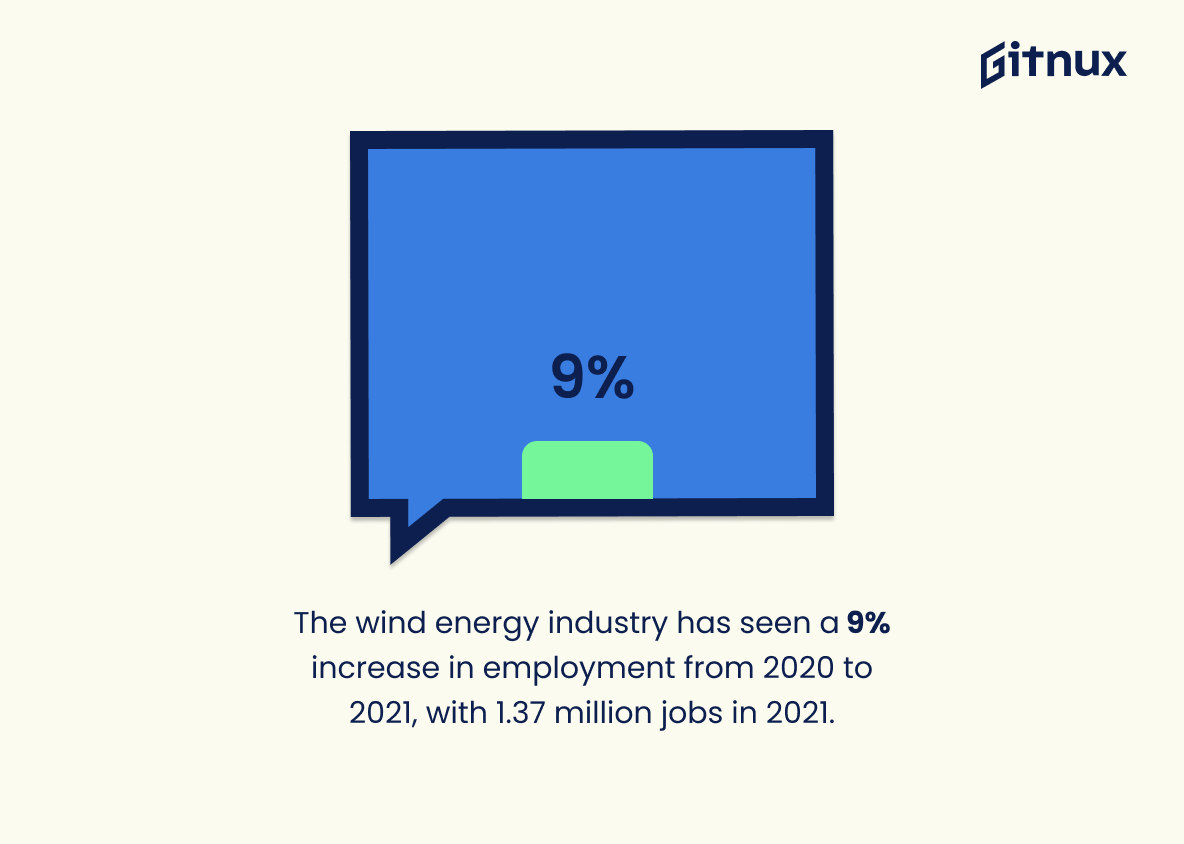The energy sector is an important part of the global economy, providing jobs and economic growth in many countries. In this article, we will take a look at the employment statistics in the energy sector, and what they tell us about the industry.
We will explore the types of jobs available, the wages and benefits offered, and the overall outlook for the sector. We will also discuss the impact of new technologies and policies on the sector, and how they are affecting employment. Finally, we will look at the potential for growth in the sector, and how this could benefit workers and the economy.
Energy Sector Employment: Most Important Statistics
Energy employment is spread globally, with China having the highest number of energy workers at 20 million, representing 2.5% of total employment.
The wind power sector has grown resiliently despite disruptions, with a 1.3 million estimated employment in 2021, with the majority of those jobs in China, Europe, and North America.
Energy Sector Employment: Statistics Overview
Over 65 million people were employed in the energy and related sectors in 2019, with half of the workforce employed in clean energy technologies, and an estimated increase of 1.3 million by 2021 and 6 percentage points by 2022.
There is a growth of the energy sector, with an increase in employment in the sector, and an increase in the number of people employed in clean energy technologies.
This is important for the global economy, as it shows that the energy sector is growing, and that more people are being employed in the sector.
This is also important for the environment, as it shows that more people are being employed in clean energy technologies, which can help reduce emissions and improve air quality.
The renewable energy industry has seen a steady increase in jobs over the past decade, rising from 7.3 million in 2012 to 12.7 million in 2021.
This statistic is significant because it shows the growth of the renewable energy industry and the potential for job growth in this sector.
This is especially essential in light of the current global climate crisis, as renewable energy sources are seen as a more sustainable and environmentally friendly alternative to traditional energy sources.
This statistic also highlights the potential for job growth in this sector, which could help to create more employment opportunities in the energy sector.
Energy employment is spread globally, with China having the highest number of energy workers at 20 million, representing 2.5% of total employment.
This shows the global distribution of energy workers and the importance of the energy sector to the economies of different countries.
In 2021, China had the highest number of renewable energy-related jobs with 5.4 million, followed by Brazil with 1.27 million and the European Union with 1.24 million.
There is an importance of renewable energy-related jobs in the global economy and a potential for job growth in this sector. It also highlights the need for countries to invest in renewable energy sources in order to create more jobs and reduce their reliance on fossil fuels.
Women are under-represented in the energy sector, making up only 16% of employees in traditional energy sectors.
This matters because it highlights the gender gap in the energy sector, where women are not being given the same opportunities as men.
This can lead to a lack of diversity in the sector, which can have a negative impact on innovation and growth.
The energy sector in Europe is dominated by male professionals, with 77.9% of technical posts held by engineers and only 22.1% of the workforce being female.
The gender imbalance in the energy sector and the lack of opportunities for women to access technical positions are clear in this data. This can lead to a lack of diversity in the sector and a lack of representation of women in decision-making roles.
This can have a negative impact on the sector, as it can lead to a lack of innovation and creativity.
Electric Cooperatives have the youngest workforce, with 16% of employees under the age of 32.
The energy sector is becoming more diverse in terms of age. This could lead to more opportunities for younger people to enter the sector, which could help to attract more talent and create a more sustainable workforce.
Additionally, it could help to create a more balanced and diverse workforce, which could lead to better innovation and productivity.
58% of solar panel technicians are aged 20-30, 25% are aged 30-40, and 13% are aged 40+.
The majority of solar panel technicians are younger, indicating that the energy sector is an attractive job market for younger generations.
The wind power sector has grown resiliently despite disruptions, with a 1.3 million estimated employment in 2021, with the majority of those jobs in China, Europe, and North America.
This matters as it shows the potential for job growth in the energy sector, despite the pandemic, and highlights the importance of renewable energy sources.
The wind energy industry has seen a 9% increase in employment from 2020 to 2021, with 1.37 million jobs in 2021.
This steady growth in employment is important for the energy sector, as it shows a promising trend for the future of renewable energy.
Conclusion
In conclusion, the energy sector is an important part of the economy and its employment statistics are an important indicator of the health of the sector. The sector has seen a steady increase in employment over the past decade, with the number of jobs in the sector increasing by over 8 million since 2010.
This is a positive sign for the sector, and it is likely that the sector will continue to grow in the coming years. As the sector grows, so too will the number of jobs available in the sector, providing more opportunities for those looking to enter the energy sector.
References
1 – https://www.iea.org/reports/world-energy-employment
2 – https://www.statista.com/statistics/859908/employment-in-renewable-energy-sector-globally/
3 – https://www.iea.org/reports/world-energy-employment
4 – https://www.statista.com/statistics/243274/number-of-renewable-energy-related-jobs-worldwide/
5 – https://www.iea.org/reports/world-energy-employment
6 – https://www.europarl.europa.eu/RegData/etudes/STUD/2019/608867/IPOL_STU(2019)608867_EN.pdf
7 – https://cewd.org/wp-content/uploads/2022/02/Gaps-In-Energy-Careers-Report-2022_Final-pages.pdf
8 – https://www.zippia.com/solar-panel-technician-jobs/
9 – https://www.iea.org/reports/world-energy-employment
10 – https://www.statista.com/statistics/268400/jobs-in-the-wind-energy-industry-worldwide-since-2005/
